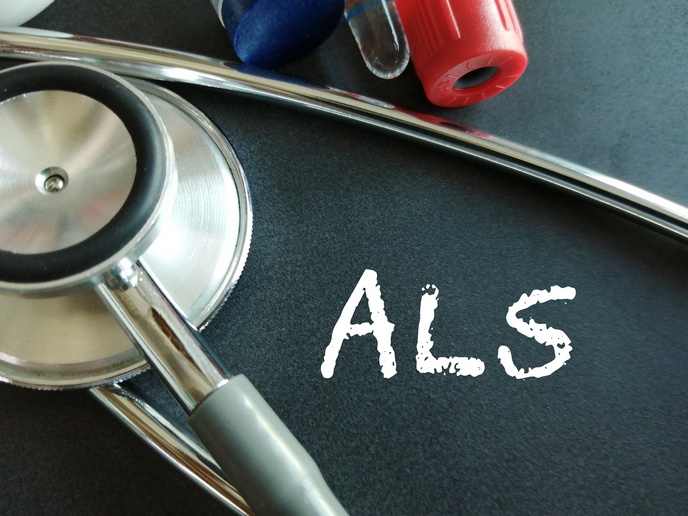Patching up the problems of diagnosing infectious diseases
One key to stopping the spread of infectious diseases is rapid diagnosis, something that, for many diseases, is often lacking. Take for example tuberculosis, or TB. Despite advances in technology, millions of patients continue to get an incomplete or delayed diagnosis. “This is in part because TB’s symptoms are non-specific,” explains Hossam Haick, a scientist and professor at Technion – Israel Institute of Technology(opens in new window). “But it is also the result of existing diagnostic tests being slow, having low sensitivity, or being too expensive or complex to administer at scale.” With the support of the EU-funded A-Patch project(opens in new window), Haick is leading an effort to develop an autonomous wearable patch capable of providing real-time detection of infectious diseases like TB. “Our ultimate goal is to develop and demonstrate a low-cost, disposable electronics platform for the patch using flexible, thin-film oxide transistors,” says Haick, who featured on the CORDIScovery podcast on TB prevention.
Alerting a patient when something isn’t right
At the heart of the A-Patch solution is printed sensor technology. “Integrated into the patch is a flexible array of chemiresistor-based sensors that can sense TB-specific volatile organic compounds(opens in new window), or VOCs,” remarks Haick. “These VOCs are released into the bloodstream by or as a result of the infected cells and can be detected by our sensors from the air trapped above the skin.” When applied to a patient’s skin, the patch can detect any deviation from the healthy VOC range, which could indicate either an infection or high risk of infection. If such a deviation is found, the A-Patch wearable device autonomously sends the patient an alert via a wireless mobile app recommending follow-up testing or treatment. This same data can also be sent to the patient’s healthcare provider.
Able to monitor a treatment’s effectiveness
In addition to its diagnostic capabilities, the A-Patch can also benefit those being treated for a disease. “Because the patches are designed to be continuously worn, they can monitor disease treatment and provide the patient and their healthcare provider with valuable information about the effectiveness of a given treatment plan,” adds Haick. To enable such extended use, researchers designed the sensor array to be self-repairing for standard wear-and-tear damage. The device is also self-powered, meaning one doesn’t need to recharge the patch. Instead, its power is automatically generated from the movement of the skin against the patch. “We also incorporated a secure transmission component to enable privacy-ensured diagnosis and treatment monitoring by physicians, national health systems and global health organisations,” notes Haick.
Redefining how we control infectious diseases
The usability and wearability of the A-Patch was validated during a volunteer-based clinical study conducted in Latvia. Although the COVID-19 pandemic resulted in a smaller group of participants than initially planned, tests showed that the patch had an 80 % accuracy level, which was the threshold set at the beginning of the project. “This means that the technology developed during this project can effectively discriminate between active and non-active TB,” says Haick. According to Haick, these results mean the A-Patch has the potential to enable not only adequate patient diagnosis, treatment and follow-up, but also the continual screening of at-risk populations and real-time monitoring of epidemics. “Having access to such population-wide and location-based data could redefine epidemiological study and how we treat and control a range of infectious diseases,” he concludes.







